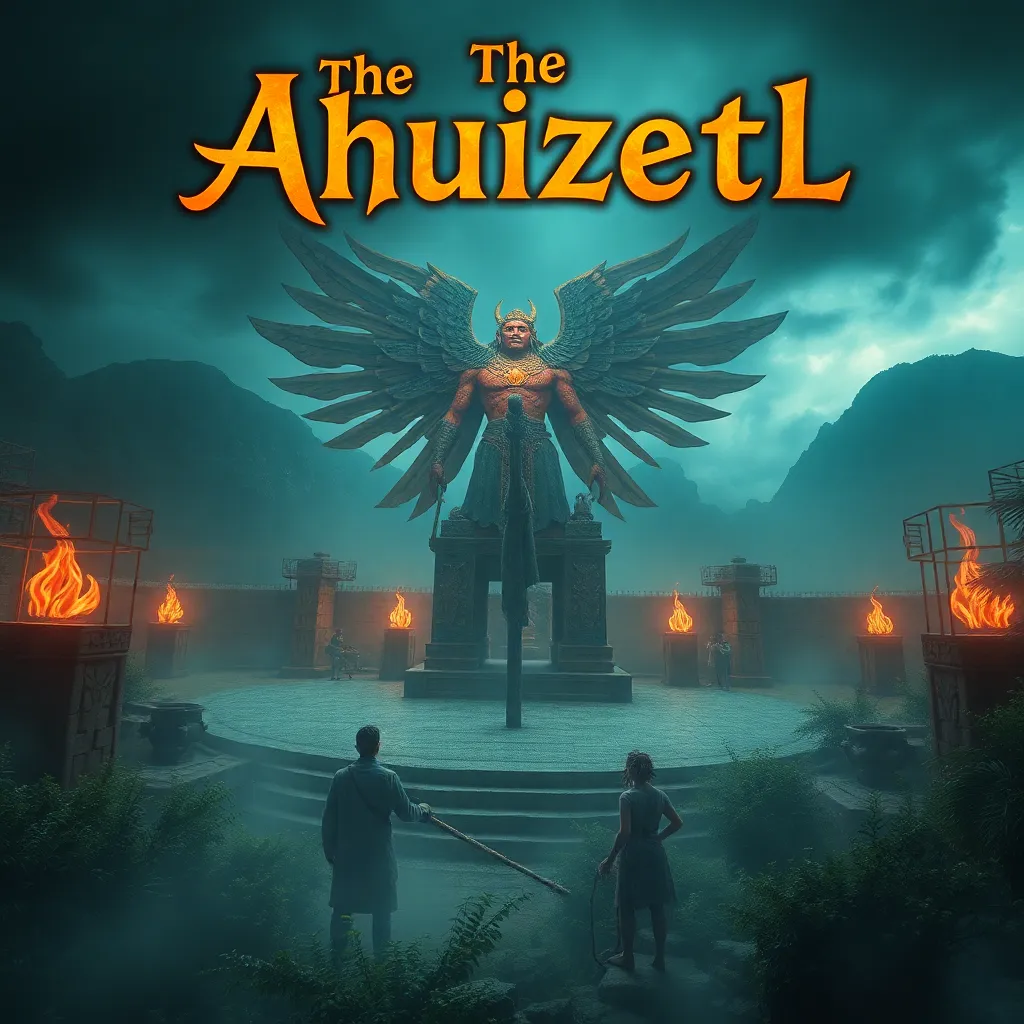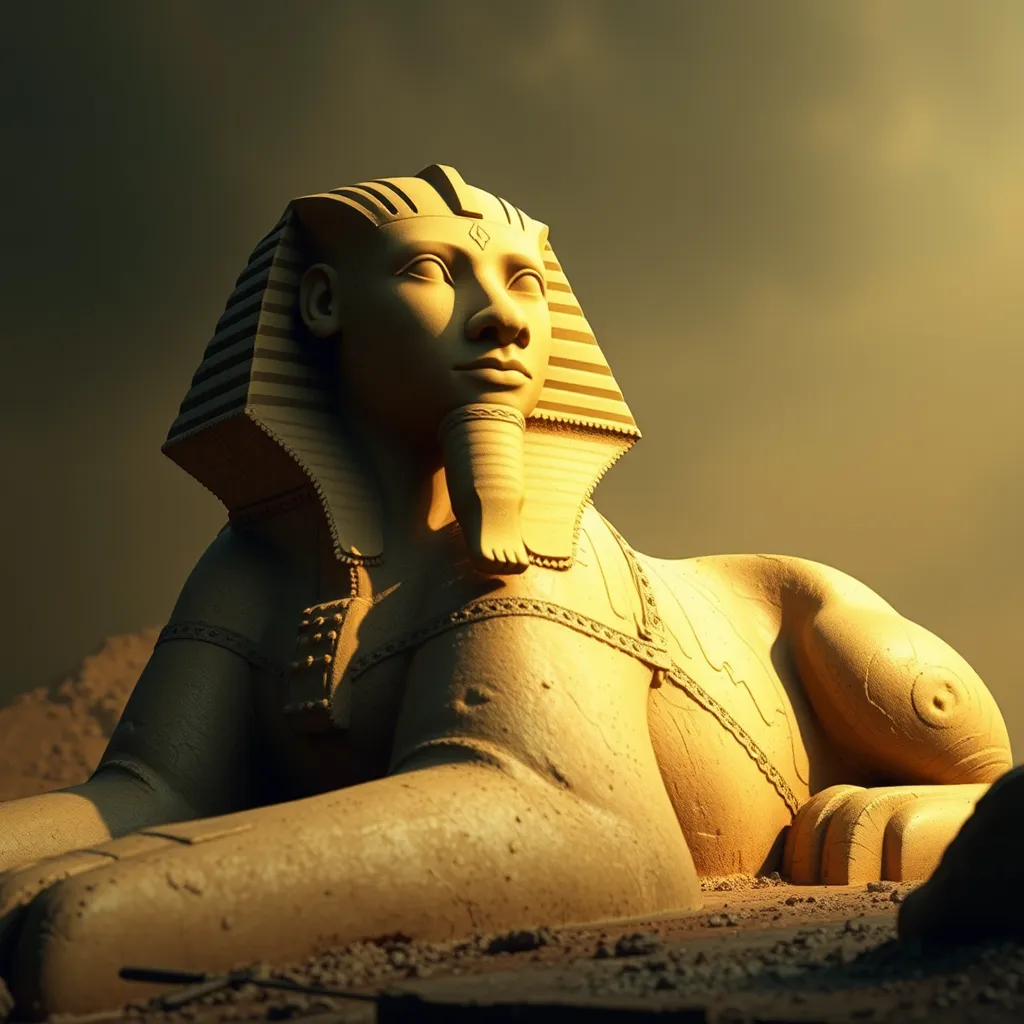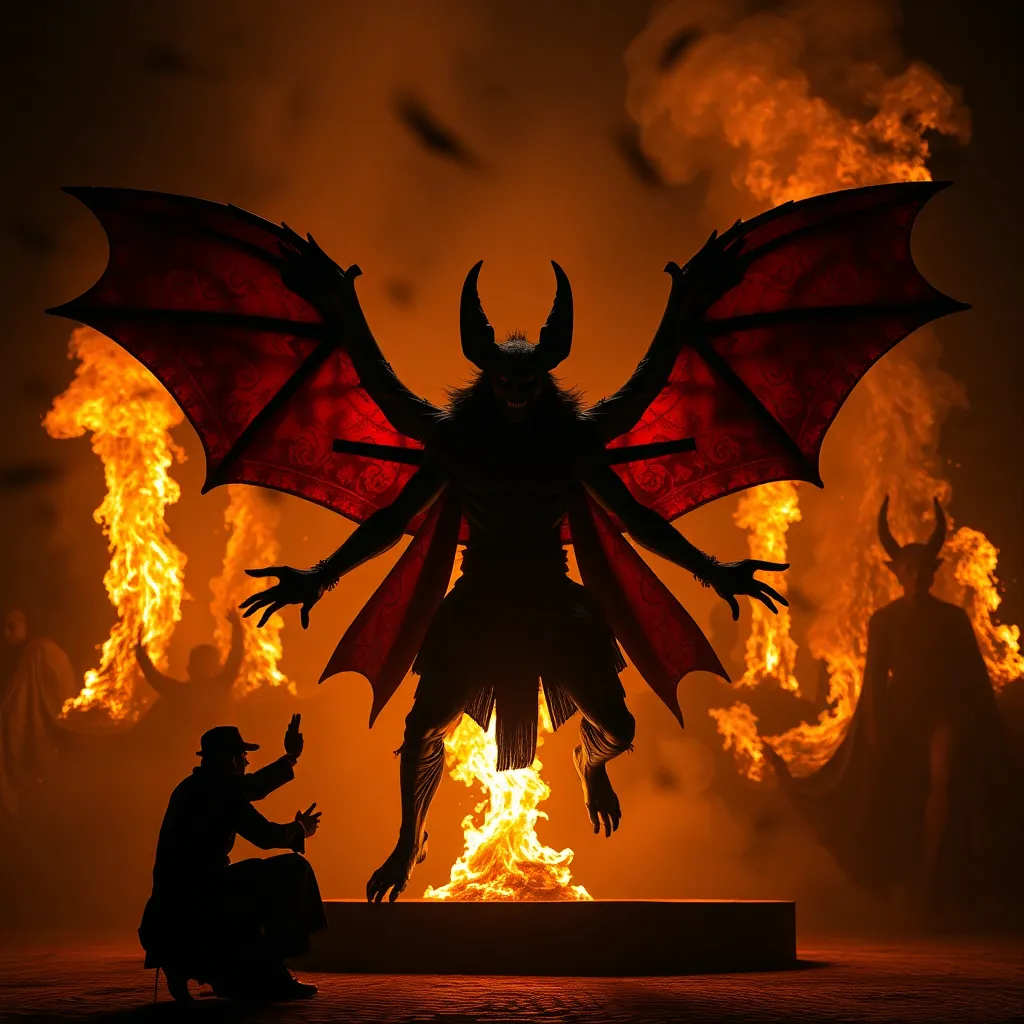The Ahuizotl: A Journey Through the World of Aztec Legends and Myths
I. Introduction to Aztec Mythology
Aztec mythology is a rich tapestry of tales and beliefs that reflect the culture and worldview of the Aztec civilization. With its pantheon of gods, mythical creatures, and intricate rituals, this mythology played a crucial role in shaping Aztec society. The Aztecs viewed their environment as deeply intertwined with the divine, leading to the development of complex stories that explain natural phenomena, human behavior, and the cosmos.
Mythology was not merely a collection of entertaining stories; it was integral to Aztec life, influencing their religion, art, and social norms. One of the most fascinating figures in this mythology is the Ahuizotl, a legendary creature that embodies the connection between humans and nature.
II. The Ahuizotl: Description and Characteristics
A. Physical attributes of the Ahuizotl
The Ahuizotl is often described as a creature resembling a dog or otter, with some accounts suggesting it has features akin to a monkey. Its most striking attribute is its long, flexible tail, which ends in a hand-like structure, capable of grasping objects. The creature is typically depicted as having dark, slick fur and sharp claws, which it uses to navigate its aquatic habitat.
B. Behavioral traits and habitat
Living primarily in rivers, lakes, and other bodies of water, the Ahuizotl is known for its cunning and predatory nature. It is said to lure unsuspecting travelers or fishermen by mimicking the sounds of a baby crying, drawing them closer to the water’s edge. Once near, the creature uses its powerful tail to drag them underwater, where it is believed to drown its victims.
C. Symbolism behind the creature’s features
The features of the Ahuizotl carry significant symbolism. Its aquatic nature represents the importance of water in Aztec life, symbolizing purity, sustenance, and the cycle of life. Additionally, its hand-like tail can be interpreted as a reminder of the dangers that lurk in nature, urging respect and caution towards the environment.
III. Origins of the Ahuizotl Legend
A. Historical context of the Ahuizotl in Aztec lore
The origins of the Ahuizotl legend can be traced back to the pre-Columbian era, where it was embedded in the cultural narratives of the Aztecs. This creature is mentioned in various historical texts and codices, which document the beliefs and practices of the Aztec civilization.
B. Sources of the legend: Codices and oral traditions
Codices such as the Códice Mendoza and Códice Borgia provide insights into the Ahuizotl’s place in mythology. Oral traditions also played a significant role in shaping the legend, as stories were passed down through generations, each retelling adding nuances to the creature’s characteristics and tales.
C. Variations of the story across different regions
As the Aztec civilization expanded, so did the variations of the Ahuizotl legend. Different regions attribute unique traits and stories to the creature, often reflecting local beliefs and environmental conditions. For instance, in some areas, the Ahuizotl is characterized as a protector of sacred waters, while in others, it is viewed solely as a malevolent being.
IV. The Ahuizotl in Aztec Folklore
A. Common tales involving the Ahuizotl
The Ahuizotl features prominently in numerous tales of Aztec folklore. One common story describes how a fisherman, enchanted by the sound of a crying child, ventures too close to the water, only to be ensnared by the creature. Such tales served as cautionary narratives, warning against the dangers of temptation and the unknown.
B. The creature’s role as a guardian of water and nature
Despite its fearsome reputation, the Ahuizotl is also seen as a guardian of aquatic environments. In some legends, it protects the waters from those who would exploit or desecrate them. This duality emphasizes the Aztec view of nature as both nurturing and perilous, deserving of reverence.
C. Interactions with humans and other mythological beings
The Ahuizotl is often depicted interacting with other mythological beings, including gods and spirits. These interactions highlight its importance within the larger context of Aztec mythology, where creatures often embody human emotions, challenges, and moral lessons.
V. The Ahuizotl and Its Modern Interpretations
A. The resurgence of interest in Aztec myths
In recent years, there has been a growing interest in Aztec mythology, spurred by a broader cultural movement to reclaim indigenous histories and narratives. Scholars, writers, and artists are exploring these ancient tales, including the story of the Ahuizotl, to shed light on their significance.
B. The Ahuizotl in popular culture: Literature, film, and art
The Ahuizotl has made appearances in various forms of popular culture, from literature to film. It is often portrayed as a mysterious and fearsome creature, capturing the imagination of audiences. Artists depict it in various styles, reflecting both its traditional representations and contemporary interpretations.
C. Contemporary symbolism of the Ahuizotl
Today, the Ahuizotl serves as a symbol of cultural heritage and the importance of environmental stewardship. It emphasizes the need to respect nature and the lessons that indigenous myths can teach us about our relationship with the environment.
VI. The Ahuizotl’s Place in Environmental Mythology
A. The connection between the Ahuizotl and water ecosystems
The Ahuizotl’s association with water highlights the significance of aquatic ecosystems in Aztec culture. Water was not only a source of life but also a sacred element that needed protection. The creature’s role as a guardian underscores the importance of maintaining the balance within these ecosystems.
B. Lessons from the Ahuizotl regarding nature and conservation
Legends of the Ahuizotl offer valuable lessons about conservation and the respect due to nature. They remind us of the consequences of neglecting the environment and serve as a call to action for modern conservation efforts.
C. The importance of preserving indigenous myths in ecological contexts
Preserving myths like that of the Ahuizotl is vital for understanding the cultural perspectives on nature. These stories can inform contemporary ecological practices and promote a deeper appreciation for indigenous knowledge systems that prioritize environmental sustainability.
VII. Comparative Analysis: Ahuizotl and Other Mythical Creatures
A. Similarities with creatures from other cultures
The Ahuizotl shares similarities with various mythical creatures across different cultures, such as the water spirits in European folklore or the selkies of Celtic mythology. These creatures often embody themes of temptation, danger, and the mystery of the natural world.
B. Distinctions that highlight unique aspects of the Ahuizotl
What sets the Ahuizotl apart is its specific connection to the Aztec worldview, particularly its dual role as both a predator and a protector. This complexity reflects the nuanced understanding of nature within Aztec culture, where danger and beauty often coexist.
C. The broader impact of mythological creatures on cultural identity
Mythological creatures like the Ahuizotl play a significant role in shaping cultural identity. They serve as symbols of heritage, embodying the values and beliefs of a society. The Ahuizotl, in particular, represents the profound relationship between the Aztecs and their environment, a relationship still relevant today.
VIII. Conclusion: The Legacy of the Ahuizotl
A. Reflection on the enduring nature of Aztec myths
The Ahuizotl continues to captivate the imagination, embodying the enduring nature of Aztec myths that resonate with contemporary audiences. These stories are a testament to the rich cultural legacy of the Aztec civilization.
B. The Ahuizotl as a symbol of cultural heritage and identity
As a symbol of cultural heritage, the Ahuizotl represents the connection between past and present, reminding us of the importance of preserving indigenous narratives. It highlights the significance of understanding and respecting cultural identities in a globalized world.
C. Final thoughts on the relevance of the Ahuizotl in today’s world
In today’s context, the Ahuizotl serves not only as a fascinating mythological figure but also as a powerful reminder of the interconnectedness of culture, nature, and identity. As we face environmental challenges, the lessons embedded in the Ahuizotl legend become increasingly relevant, urging us to respect and protect our natural world.



